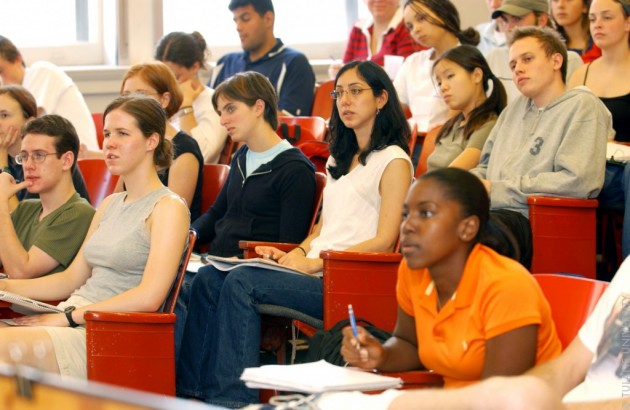A flashback to the Civil Rights movement
Freedom Plaza lit up with fire as thousands of people marched seven times around the Justice Department’s building, protesting for justice and peace on the District’s streets.
The overwhelming sense of black power was very apparent amongst the crowd. Some people held African flags while others flaunted African apparel, hats, shirts and other paraphernalia.
Martin Luther King III and the Rev. Al Sharpton along with Steve Harvey, Tom Joyner and many others led the crowd in a march modeled after the 1960 Civil Rights march led by the honorable Dr. Martin Luther King Jr. Signs were holstered in the air with slogans such as, “Free the Jena Six” and “Emancipation Proclamation 1963, 2007 still not free.”
Children marched with their parents, the elderly bundled in blankets fought the cold, and college students chanted with pride. People of all shades, backgrounds and ages dispersed across the streets ready to fight for justice for all minorities.
“I hope this sparks some change,” said Kimberly Hollingsorth, a Howard alumna. “It will be successful if there is action after the march.”
Karris Bilal, a lawyer from Chicago who was marching with the Eta Eta Chapter of Alpha Phi Alpha, spoke of his personal run-ins with racial disparities in the criminal justice system.
“I wouldn’t be a lawyer today if someone didn’t march then, and my son won’t be a lawyer if I don’t march today,” Bilal said. “We need to continue doing what we are doing. We need to control economics.”
He added, quoting Martin Luther King III, “Injustice anywhere is a threat to us everywhere.”
When Sharpton stopped to speak to the crowd, it was like a volcano erupted and the people poured into his direction like lava. “We came here to say we are not fighting conservatives, we are fighting confederates,” Sharpton said. “The United States government must intervene to protect its citizens.”
At the end of the march, people huddled into Freedom Plaza, listening to gospel music and chatting amongst each other.
Ellie Guderson, a sophomore and president of the NAACP at Georgetown, was also one of the demonstrators.”It’s really important to show our solidarity,” Guderson said. “If you see a big movement like this, it will make a difference. In this day and time, racial issues are not over.”
Mothers brought their children to the march to educate them about the injustices of America so they too could make a difference. Quintin Scott, only 13 years old, was one of the many youth that participated in the demonstration.
“If we don’t stand up, it’s going to be an ongoing problem,” he said.
His mother LaShawnna Fann-Scott wanted to teach her son the importance of standing up for what is right.
“It’s important for him, and he has to be able to carry on the legacy,” she said. “It’s a start, but we have more to do.”
Overall, the event was an outcry for change in the justice system. The Justice Department responded with optimism and reassurance to the public as Attorney General Michael Mukasey responded to the crowd.
“Those who march today should be commended for highlighting the issues of tolerance and civil liberties,” Mukasey said. “We hope that all can agree that it is the criminals who commit violent acts of hate who deserve the loudest protest. And as long as hatred and racism exist, the Justice Department will continue its hard and effective work on behalf of all victims of hate crimes.”

